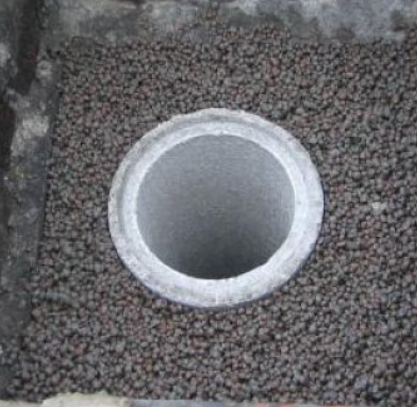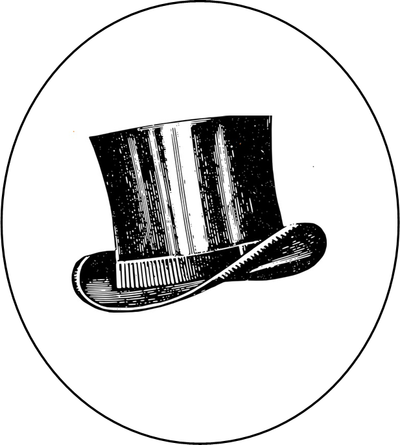"This way up!"
The image heading this blog is of a "Clay pot liner". Once the standard method of lining a brick or stone built chimney. Today it is still used but often concrete or steel is supplanting it. However one thing hasn't changed. The right way up.
One end of the liner (Male) has a short projection, the other end a recess. As the image shows this is how they are usually presented on pallets in builders yards. This to protect the relatively fragile male projection from damage. The end result, unfortunately, is that as they are picked up, the lifter assumes, unless experienced, that he is holding the top. He isn't, before use the liner needs to be inverted.

The image above shows the top of a new flue construct that has been done correctly.
Why is this important?
Think about it. In effect the liner with its male and female ends creates a "Funnel" if installed correctly. Any liquid that finds its way into the flue (Rain, condensation) is funneled towards the heat source (Stove, fire) and ultimately evaporated. Go the wrong way round and now the liquid as it travels downwards can escape at each join, saturating brick and stonework.
Without doubt, 90% of clay lined flues I look into are upside down. Are yours? (Once at a trade event I asked a representative of Redbank, one of the country's biggest suppliers of clay liners, "Why don't you mark top and bottom on them?". He looked disdainful, and replied, "Why don't you train your builders?")
The same is true of modern steel "Flexible" liners. There is an "Up" and a "Down". The inside of flexible steel liners is constructed of an unbroken steel coil, spiraling over the length of the liner. The edges of this coil overlap. (Think of your roof tiles or slates. The "Overlap" is what allows rainwater to course down the roof to the gutter.)
Now imagine your slates the wrong way up, and water coursing between them, soaking the timbers and rusting the nails!
Here's what happens when its wrong.

Water or condensate coming down this liner has sat between the coil leaves and ultimately corroded the steel.
I see this in around 10% of steel liners. A steel liner should last around 20 to 25 years when wood burning. Put it in upside down, and you will half this.
Manufacturers don't share Redbanks' reticence on labelling, (Or perhaps they have less faith in installers!?) as most steel liners have some indicator externally on the direction they should be installed. Most have arrows embossed on the outer surface, and by convention this shows flow direction. One manufacturer, even embosses "This way up" on the metal. (Oddly, I've seen that one upside down...doesn't say much about the competence of the installer!)
Connecting fluepipe also has an up and down. Usual convention applies. Male end down. Inevitably when clients report the occasional puddle on top of their stove in stormy weather, I find the fluepipe connected to the outside of the spigot. IE Female side down, allowing rainwater and condensate to run out of the pipe, onto the stove.
Its not complicated. Why is it so often wrong?
